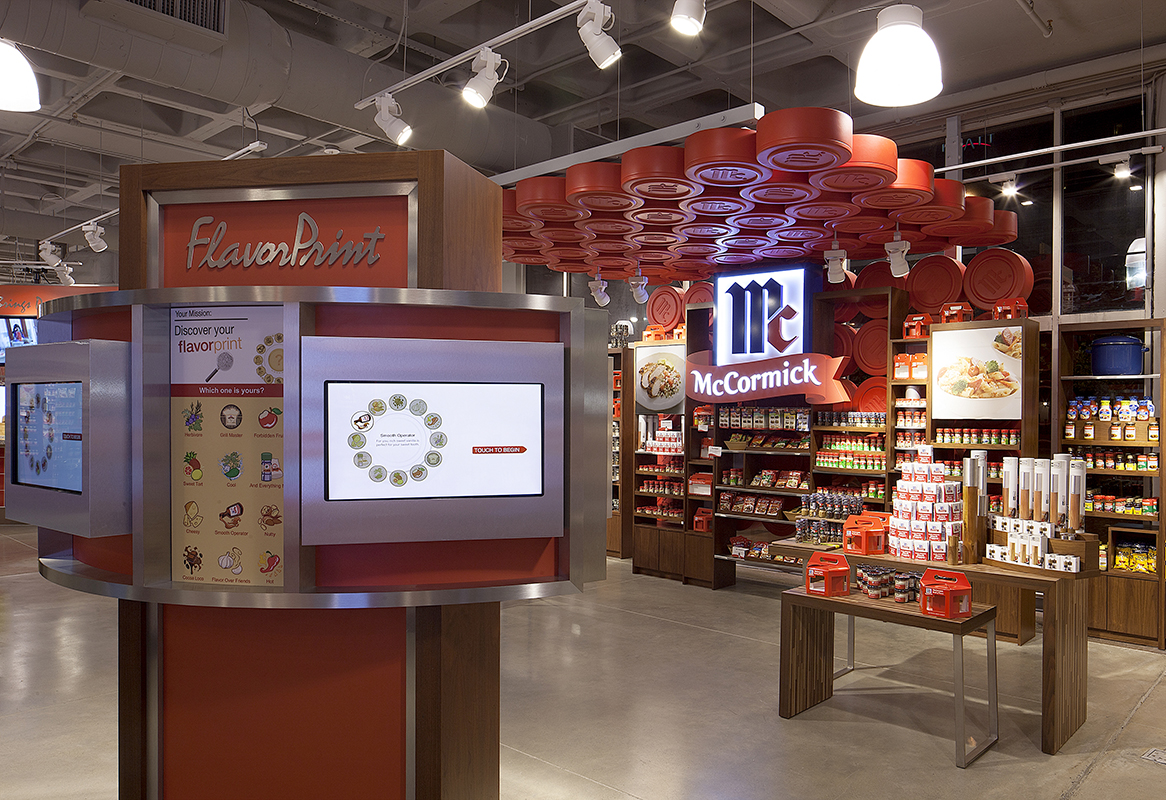Commentary
RETAIL MARKETING IS DISRUPTED: HOW TO FIX IT
Dec 04, 2017

By Pamela Danziger, Unity Marketing and author Shops that POP! 7 Steps to Extraordinary Retail Success
In a recent Adobe Think Tank: The Future of Experience Business, one of the speakers provocatively proclaimed, “Marketing is an outdated practice, period.”
The statement arose around a question about marketing’s role in the experiential retail economy now that simply selling a product isn’t enough anymore. All marketers are ultimately in the business of delivering an experience and product is only a part of that experience.
What Customers Want May Not Be What Retailers Are Selling
Everyone recognizes we’ve entered an experiences economy. But few companies know how to navigate it successfully. That was the key takeaway from Adobe’s Think Tank.
Pointedly Nadini Nayak, managing director of design strategy at Fjord (Accenture) said, “The customer doesn’t want to buy a product from you, they want an engaging experience with the brand. The sum of the experience is the product.”
Marketing hasn’t lost its business value, but as customers demand new experiences and new ways of engaging with brands, marketers have to adapt. Marketing’s critical role is uncovering consumer needs, but what’s past is the idea that a product is how to fill it, Nayak said.
“It’s about time to put forward and reformat marketing, propelling marketers’ roles alongside,” Nayak stresses. Nayak says marketers need to focus on the entire customer journey. “It’s time to over-index on empathy in design and delivery.”
That’s easily said, but the whole Think Tank panel agreed that it is incredibly hard to scale true empathy and emotional connection throughout the customer’s journey.
This just reinforces the need to reimagine the marketers’ role to focus on a much broader range of customer needs and expectations beyond Product-Price-Promotion-Placement. The experiences economy demands it and the new 4E’s model for marketing — Experience, Exchange, Evangelism, Everywhere –answers it.
Customers today have moved beyond the needs and motivations on which the old 4P’s of marketing are based. That 4Ps marketing model has been disrupted and replaced with the new 4E’s model that has evolved along with the customers’ priorities and expectations. Here is how:
- Experience replaces Product
Everybody talks about the experiential economy, yet when you look across the retail landscape, few retailers understand how to shift gears to make the shopping experience the focus, not the products. Yes, customer service is important, but it takes more than that. You ultimately must turn the products sold into a true experience for the customers.
In order to turn products into experiences for the customer, marketers need to do a deep dive into understanding the feelings that drive customers to make a purchase, and no ‘big data’ or quantitative data can provide that answer. It requires getting up close and personal with the customers to understand the special experiences they get from the brand and its products.
The opportunity is to turn the chore of shopping and buying into a personal experience for the customer. And one way they can do it is through the Internet, because they have also mastered the next E: Everyplace.
- Everyplace instead of Place
The concept of Everyplace includes the idea of allowing customers to engage with retailers on their own terms, through their own paths to purchase, whether it be online, in store, at home or by phone. Many brands have given into this idea of Everyplace by selling their goods online, but too many have been slow to embrace the opportunity to make their Everyplace meaningful and memorable.
And it doesn’t have to be only via the Internet, with its many different platforms (mobile, tablet, computer) to support. It can be taking the customer experience directly to the customer, face-to-face, person-to-person in the store.
- Price becomes Exchange
While sales and cheap prices have become the knee-jerk way retailers drive traffic today, it is impossible for most retailers to beat the competition on price. “It has become a race to the bottom,” as Robin Lewis, a retail strategist and author of The New Rules of Retail, says.
The opportunity is not to think how low you can go, but how much more value you can deliver for the price. That is the idea of Exchange. It involves more than money in the till; it is the entire value experience a customer derives through the process of their engagement. Part of the exchange can be respect for the customer’s time, including making the time they spend with you worthwhile.
That then leads to the final E….
- Evangelism replaces Promotion
By making the shopping experience meaningful and the exchange valuable, a brand can tap the potential of its customers to evangelize the brand. While many retailers are wedded to the idea of traditional paid advertising, creating individual brand evangelists that will spread the word about the brand is the highest mark of engagement and the ultimate in the new expression of marketing promotion. It’s activated through content marketing, social media, traditional public relations, influencer blog posts, and through good, old-fashioned word-of-mouth (WOM) marketing.
It goes without question that WOM is profoundly effective. In survey after survey of B2C and B2B companies, word-of-mouth is ranked among the most important marketing strategies. The Word of Mouth Marketing Association puts numbers on its impact: WOM drives 13 percent of sales, two-thirds of which is offline talking and sharing and only one-third social media driven. But for success, it takes a planning and organizational commitment, not leaving it up to chance. Andy Sernovitz’s book, Word of Mouth Marketing, is a great guidebook to systematize WOM marketing.
In conclusion, retail marketers today need a new tool box of ideas to inspire them to meet their customers where they are today in their increasingly multi-channel path to purchase. Technology is a given, but even more important is respecting the time they spend with you and the attention they give to your marketing communications. The 4E’s approach to marketing is the place to start, as customers have move beyond the old 4P’s model of marketing.
—
Pamela N. Danziger is a nationally recognized expert in understanding the mind of the consumer. She founded Unity Marketing in 1992 as a marketing consulting firm that specializes in consumer insights. With a Master of Library Science degree from the University of Maryland and a Bachelor’s degree in English Literature from Pennsylvania State University, Pamela has devoted her professional career to collecting, organizing, and disseminating information to solve business problems.
